Facial recognition is a cutting-edge technology that has gained widespread attention in recent years. This innovative system involves the identification and verification of individuals based on unique facial features. Understanding the intricacies of facial recognition is crucial in appreciating its applications and potential impact on various aspects of our lives.
Facial recognition technology utilizes advanced algorithms to analyze and identify unique facial patterns. The process typically involves the following key steps:
Face Detection: The system locates and identifies faces within an image or video feed, distinguishing them from the background.
Feature Extraction: Facial features, such as the distance between the eyes, nose shape, and jawline, are extracted and converted into a mathematical representation.
Face Template Creation: A unique face template or signature is generated based on the extracted features, creating a digital representation of an individual's facial characteristics.
Matching: During recognition, the system compares the obtained face template with stored templates in a database or against a live feed to identify a match.
Facial recognition technology has found applications in various sectors, offering enhanced security, convenience, and efficiency. Some notable applications include:
Security and Surveillance: Facial recognition is widely used in security systems for access control, surveillance, and monitoring. It can quickly identify individuals in crowded areas, enhancing public safety.
Authentication and Access Control: Many devices, such as smartphones and computers, use facial recognition for user authentication. This provides a secure and convenient alternative to traditional password-based systems.
Law Enforcement: Police and law enforcement agencies use facial recognition to identify and track individuals of interest. It can aid in criminal investigations and enhance public safety efforts.
Customer Experience: Some businesses use facial recognition to personalize customer experiences. For example, retail stores may use the technology to offer personalized recommendations or streamline the checkout process.
While facial recognition technology offers numerous benefits, it also raises concerns related to privacy, security, and potential misuse. Critics argue that the widespread use of facial recognition may infringe on individual privacy rights and lead to unauthorized surveillance. Additionally, there are concerns about the accuracy of the technology, particularly regarding potential biases in certain demographic groups.
Facial recognition is a powerful and evolving technology with diverse applications across various industries. As it continues to advance, it is essential to strike a balance between harnessing its benefits and addressing the ethical and privacy considerations associated with its widespread use.
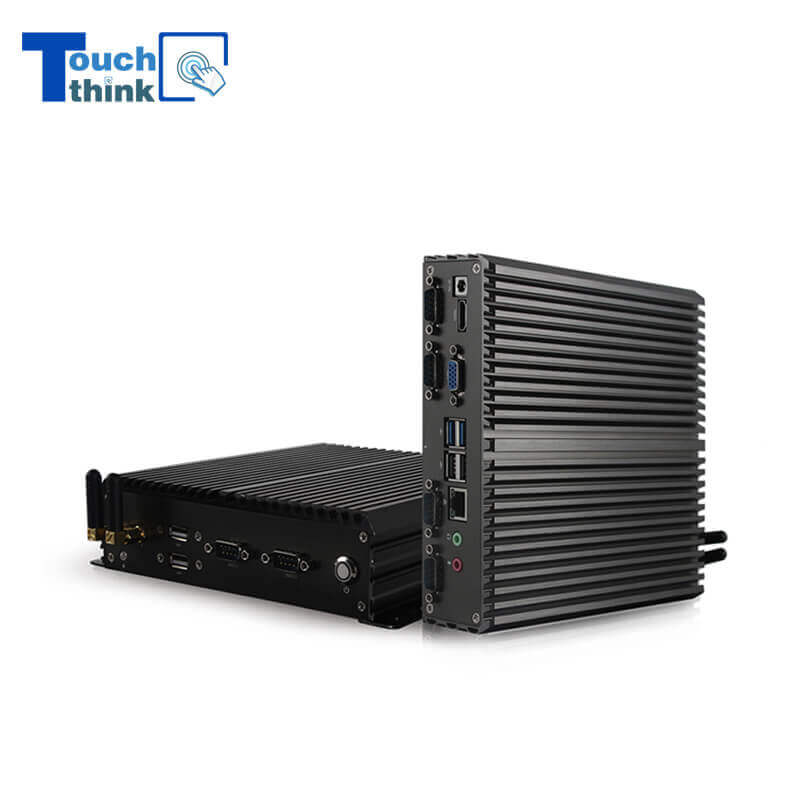
Industrial Mini PC Fanless i3 i5 i7 Industrial Box PC VIEW MORE

Android 13.0 Industrial Panel PC 21.5 Inch with 4G LTE WiFi Octa-Core For Meeting Room Smart Education VIEW MORE
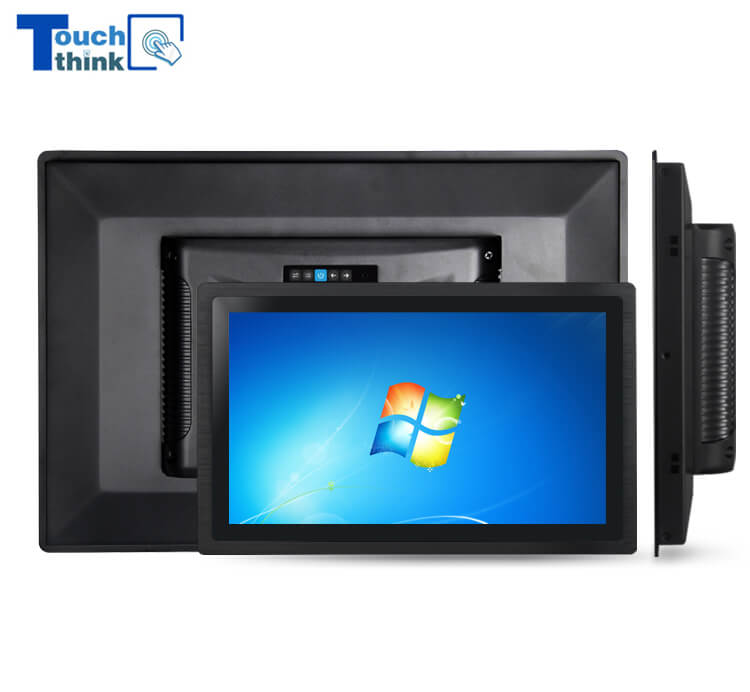
Sunlight Readable Industrial Monitor with Optional Display Size 10.1 inch VIEW MORE
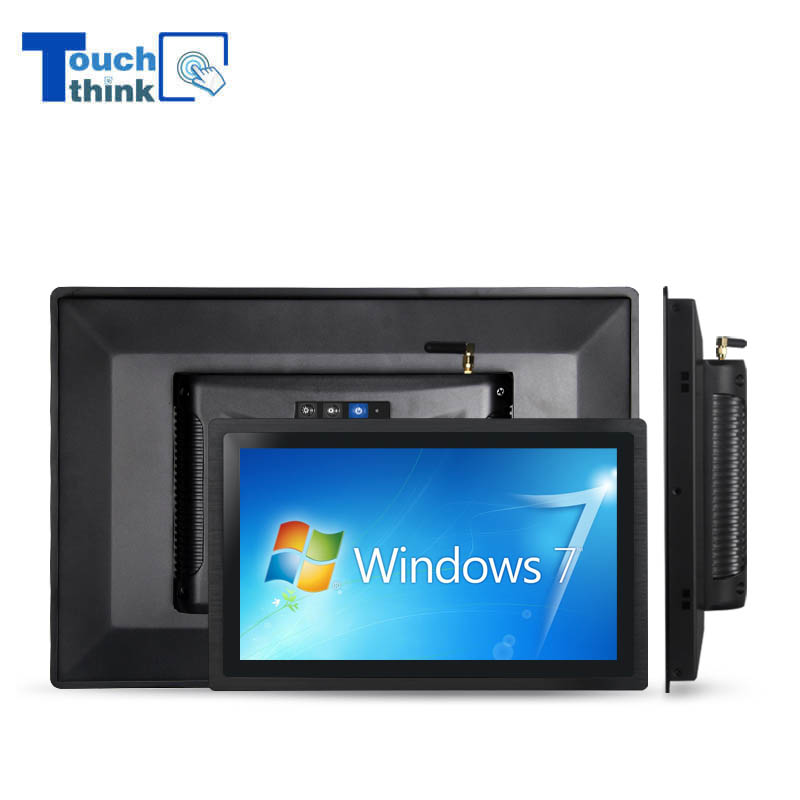
11.6 inch Windows Industrial All in One Panel PC With Touch Screen VIEW MORE
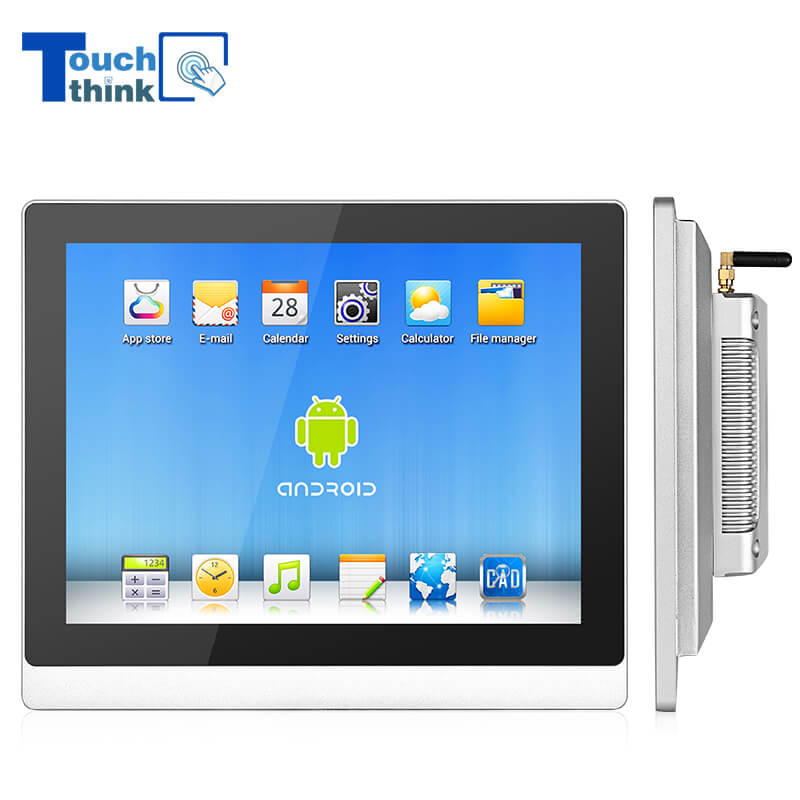
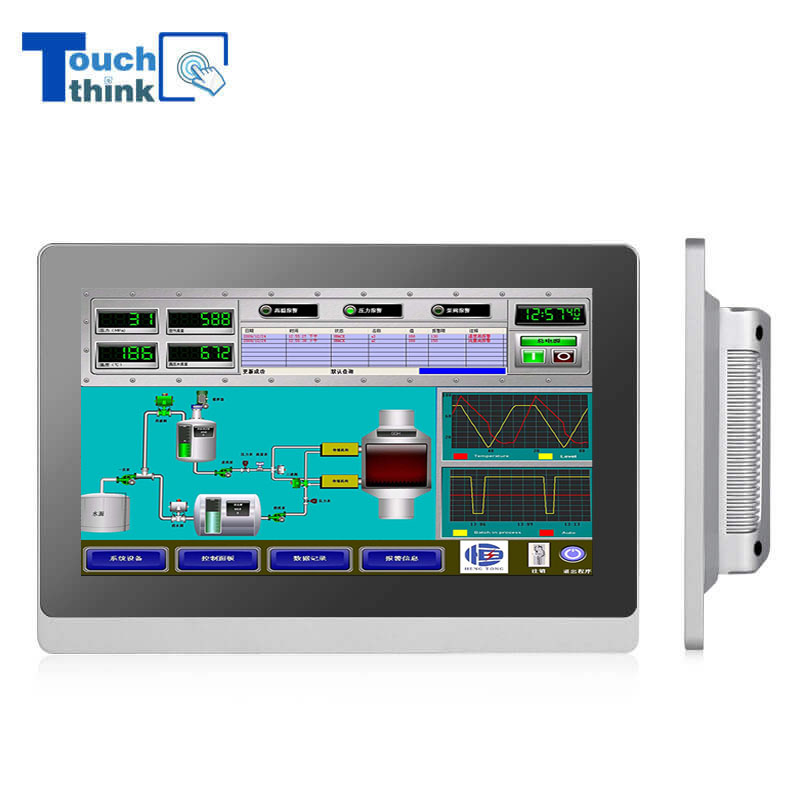
True Flat Capacitive Touch Screen Industrial LCD Monitor IP65 21.5 inch VIEW MORE

All Weather Android Tablet PC for Public Service Terminals 15.6" VIEW MORE
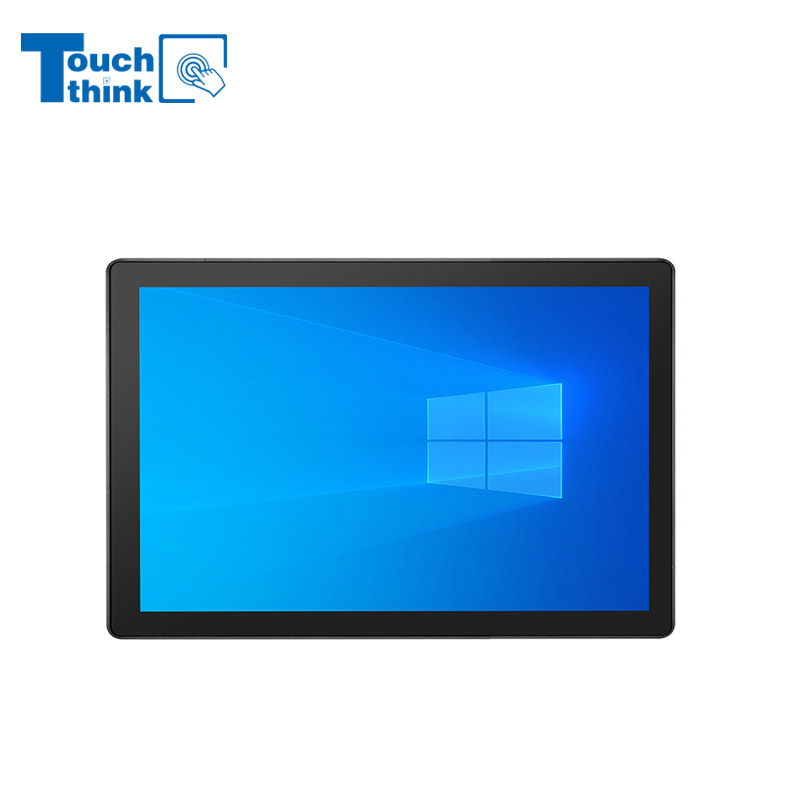

Industrial Android Tablet PC PoE Dual LAN Ethernet Android 12.0 / 7.1 / 9.0 / 10.0 VIEW MORE
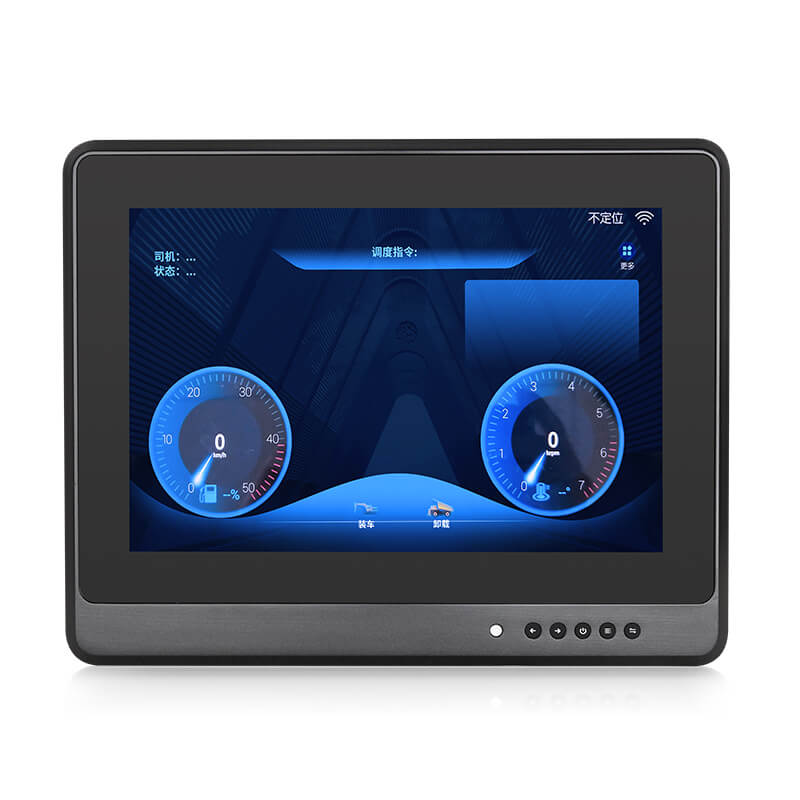
10.1" Vehicle Mount LCD Monitors Vehicle Touch Displays Car Crane Monitor VIEW MORE
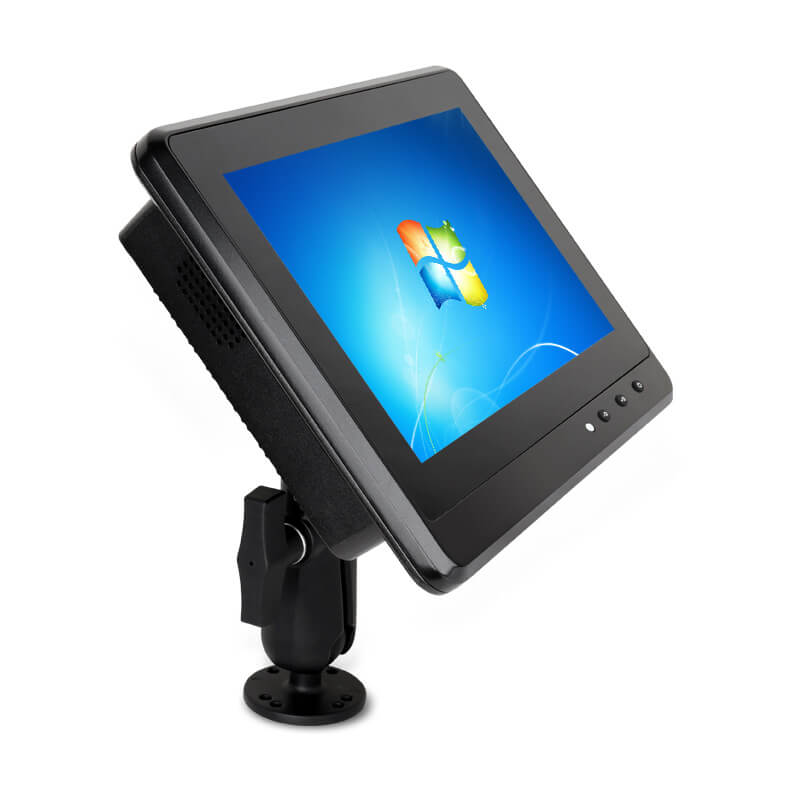
Transportation Panel PC Windows Vehicle Mounted Touch Computers VIEW MORE
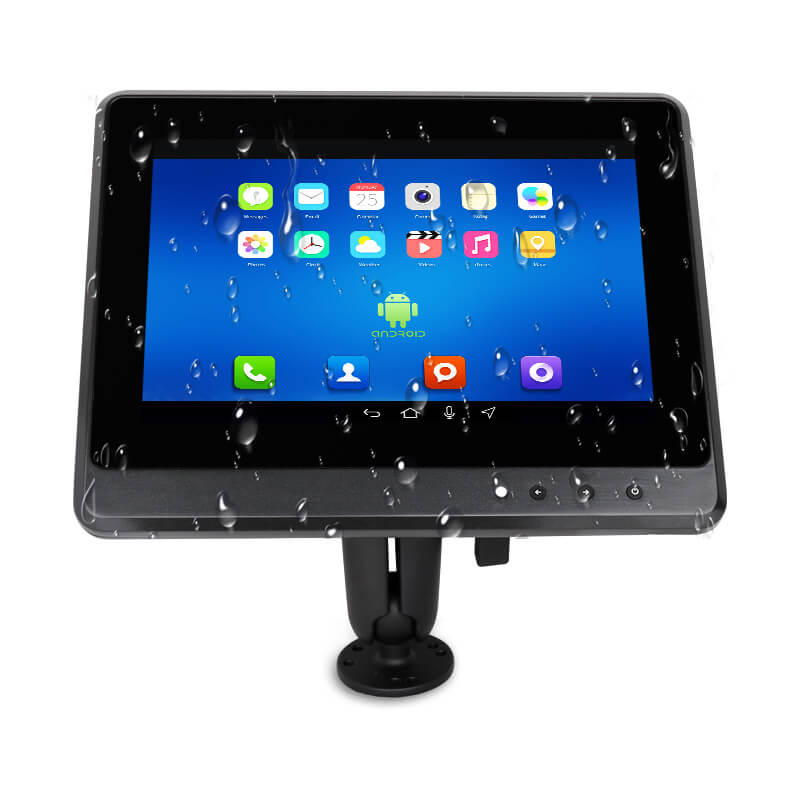
Android In-Vehicle Industrial Panel PC Vehicle AGV Computer VIEW MORE
Skype: live:touchtec
Copyright © Shenzhen Touch Think Intelligence Co.,Ltd. All Rights Reserved Update cookies preferences